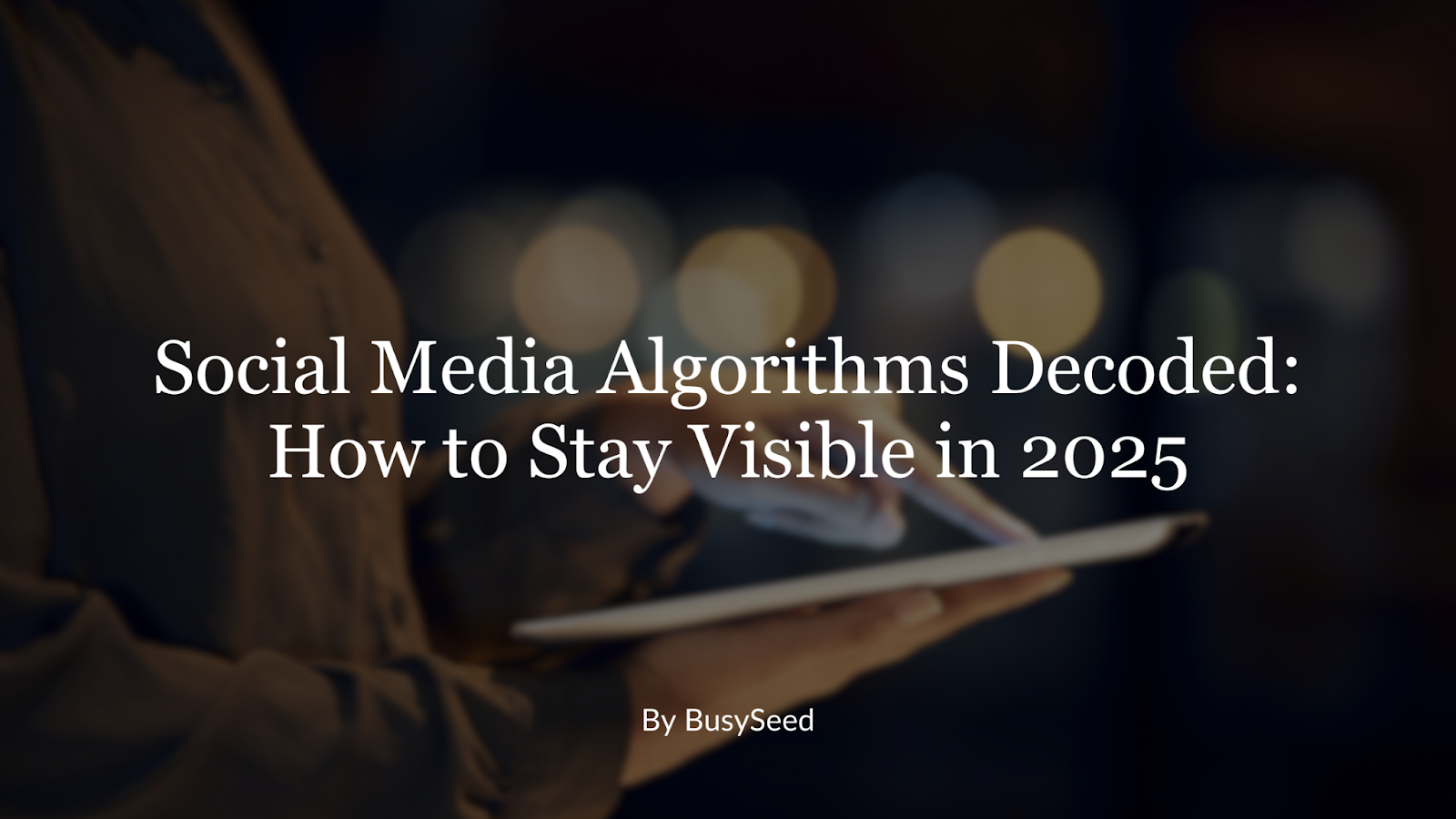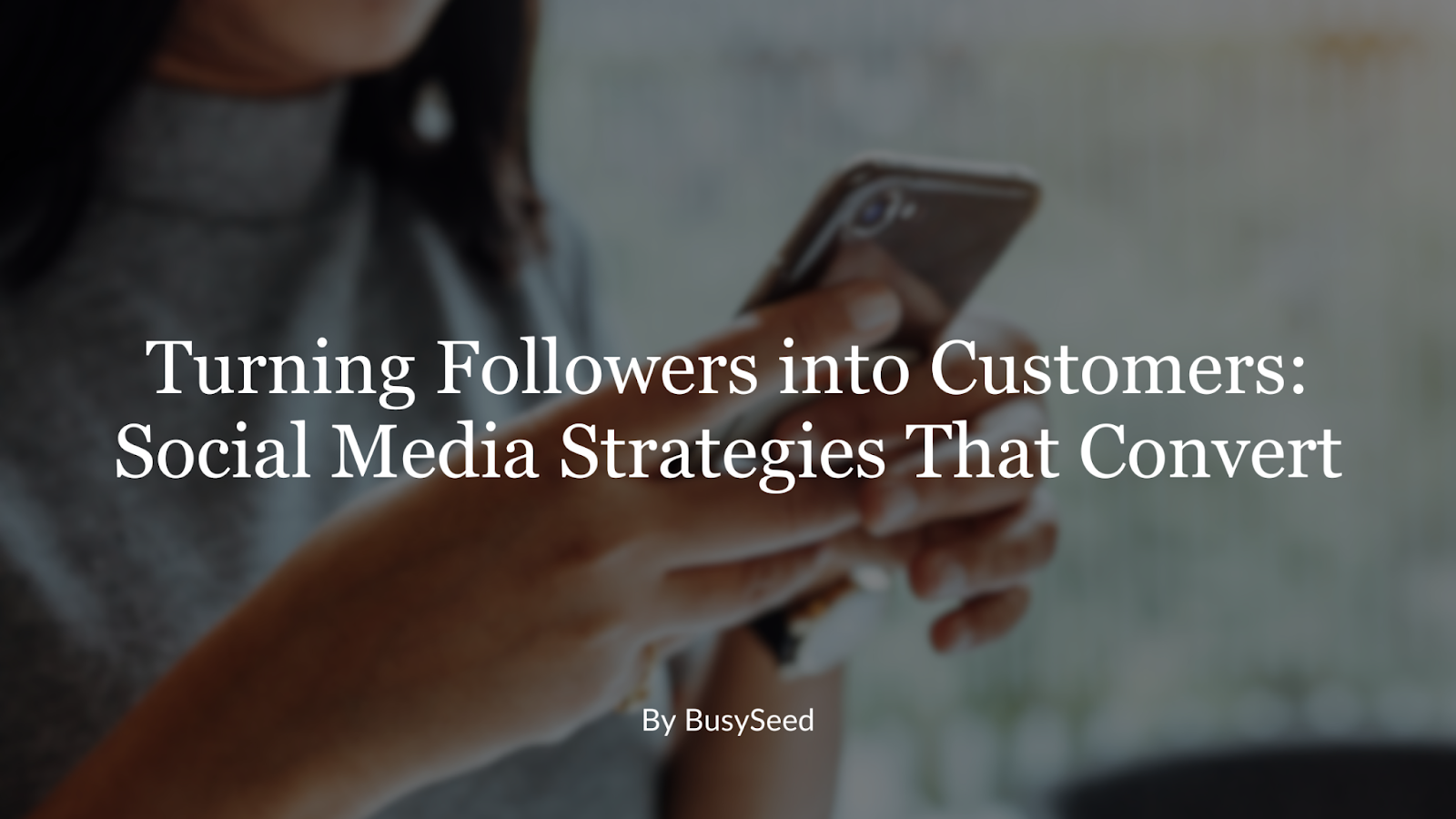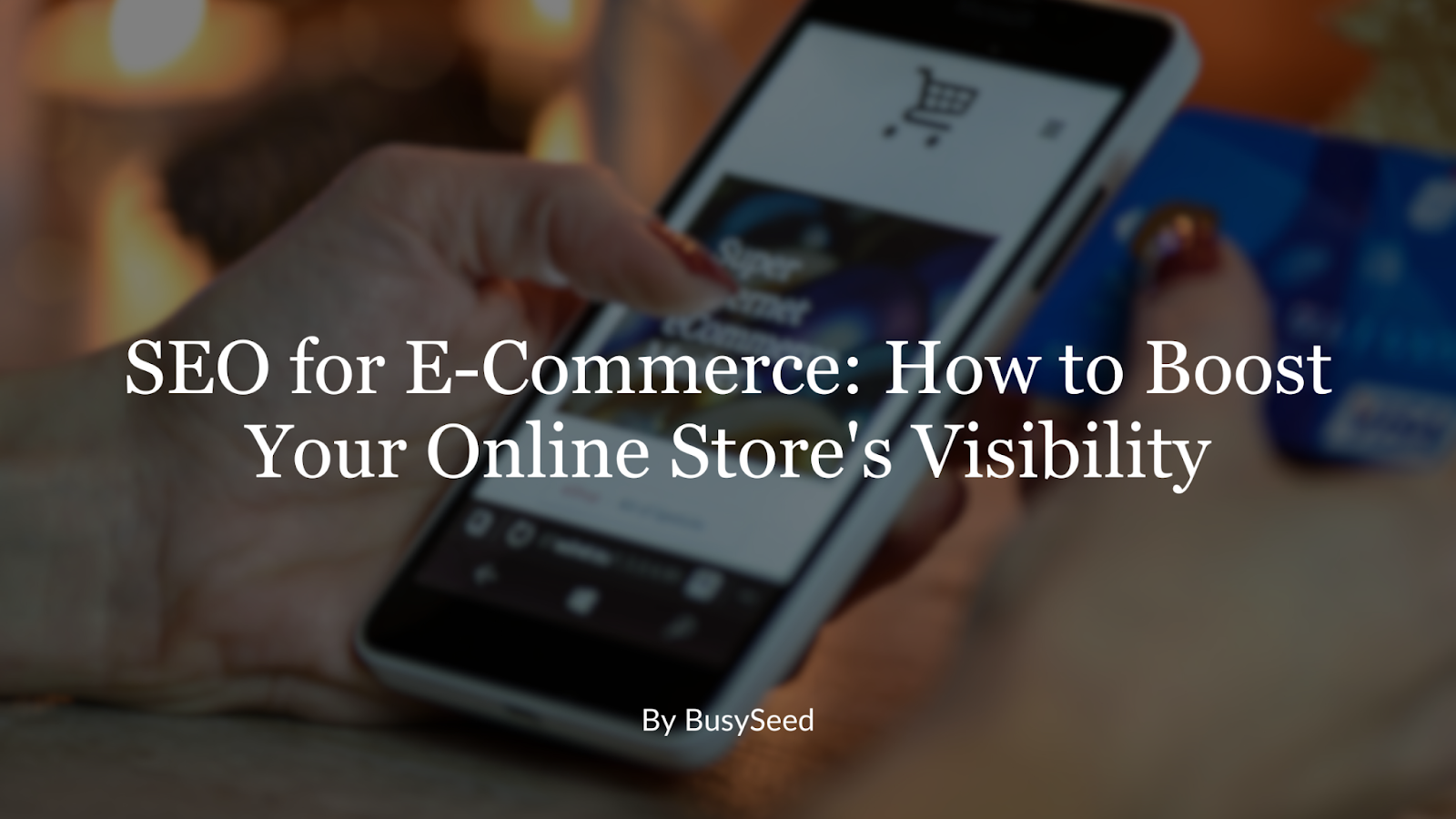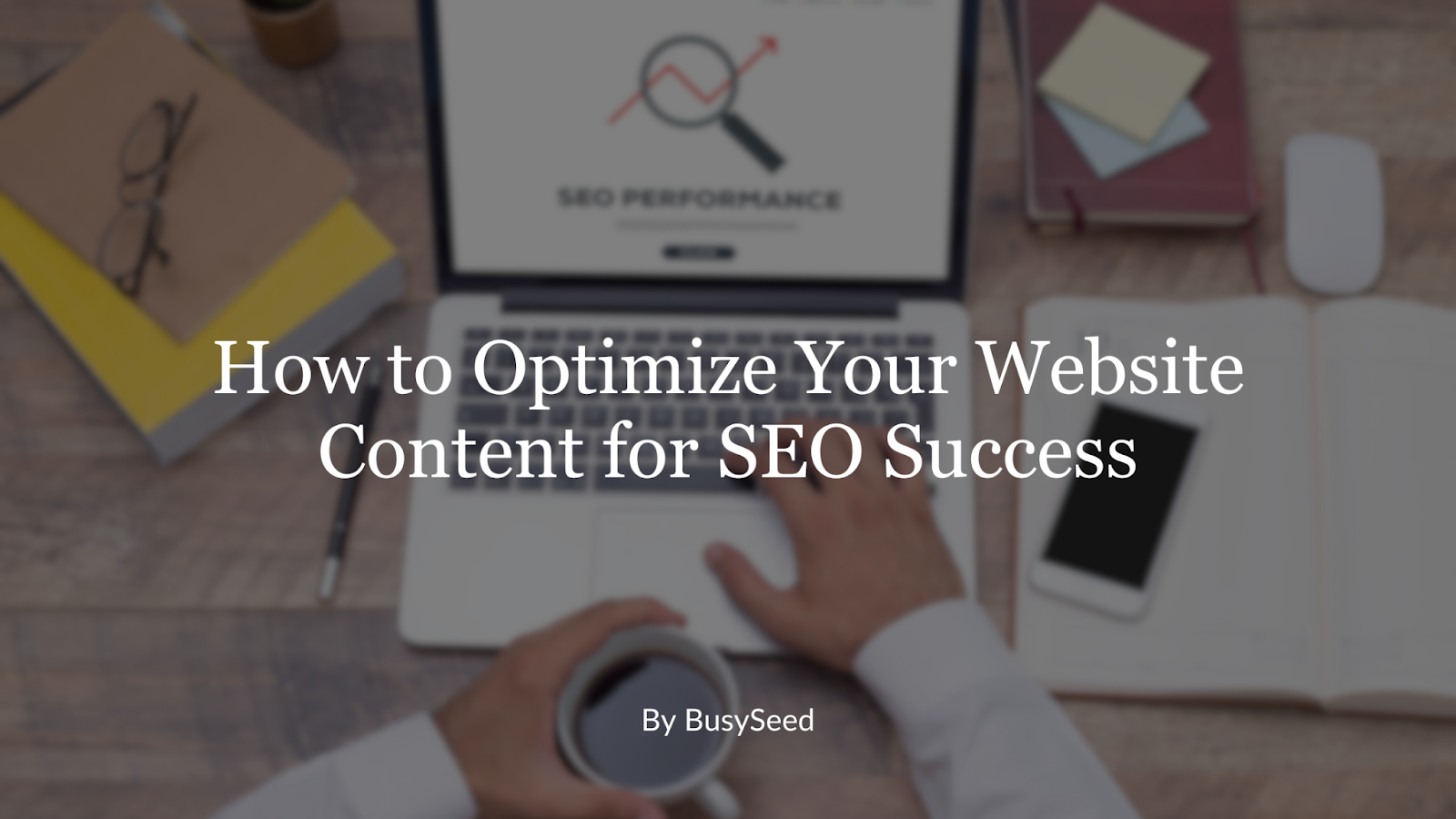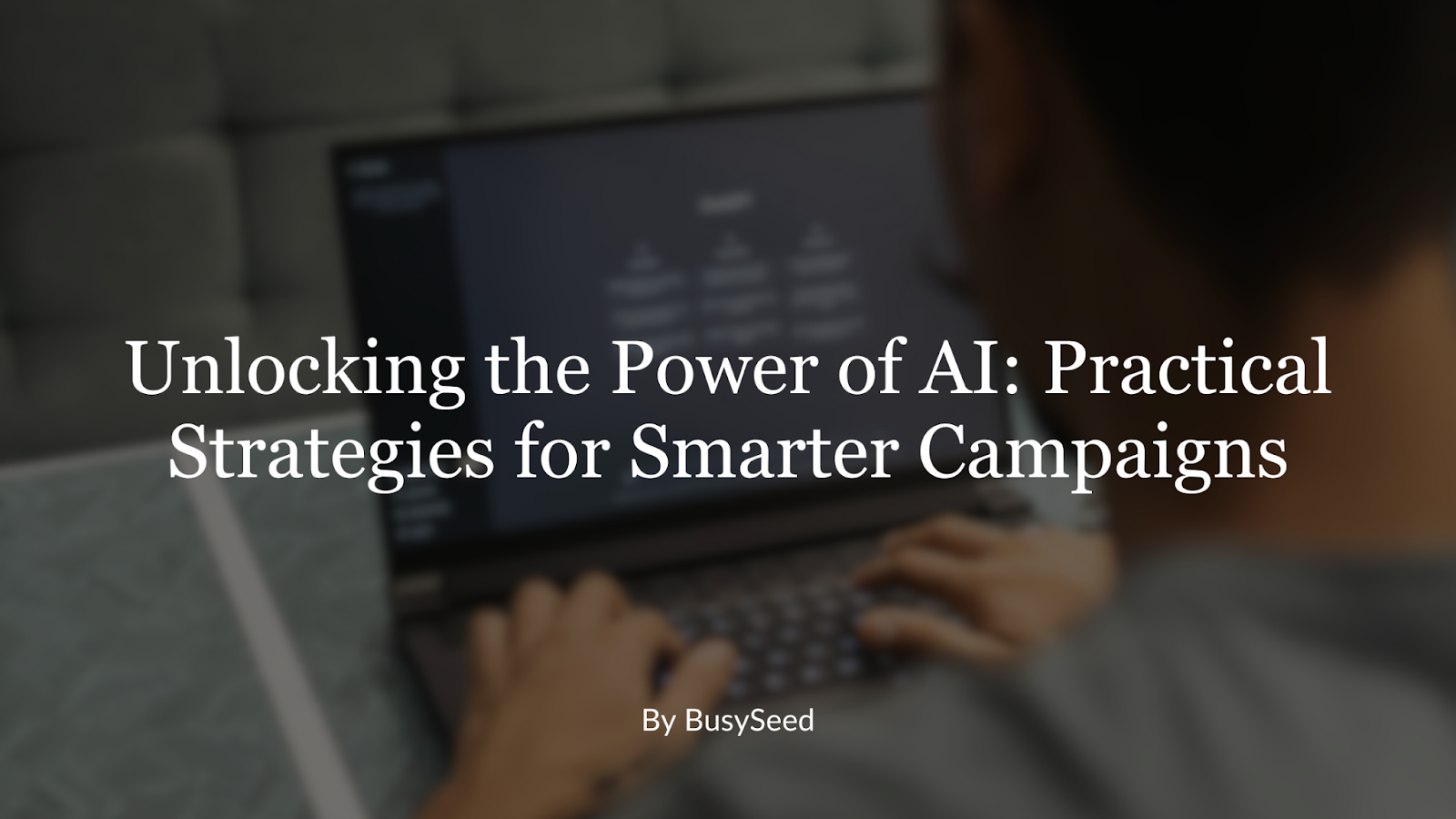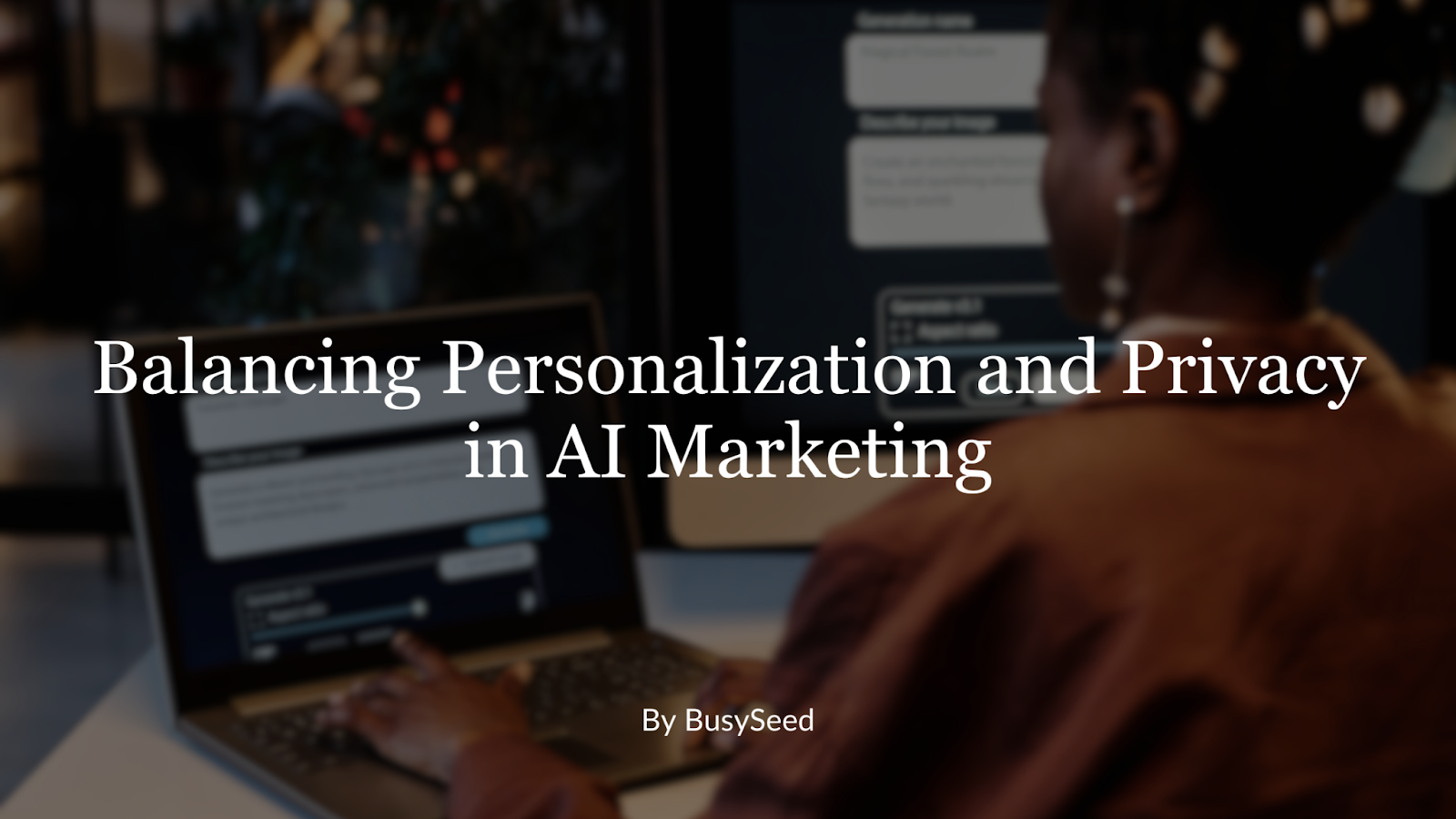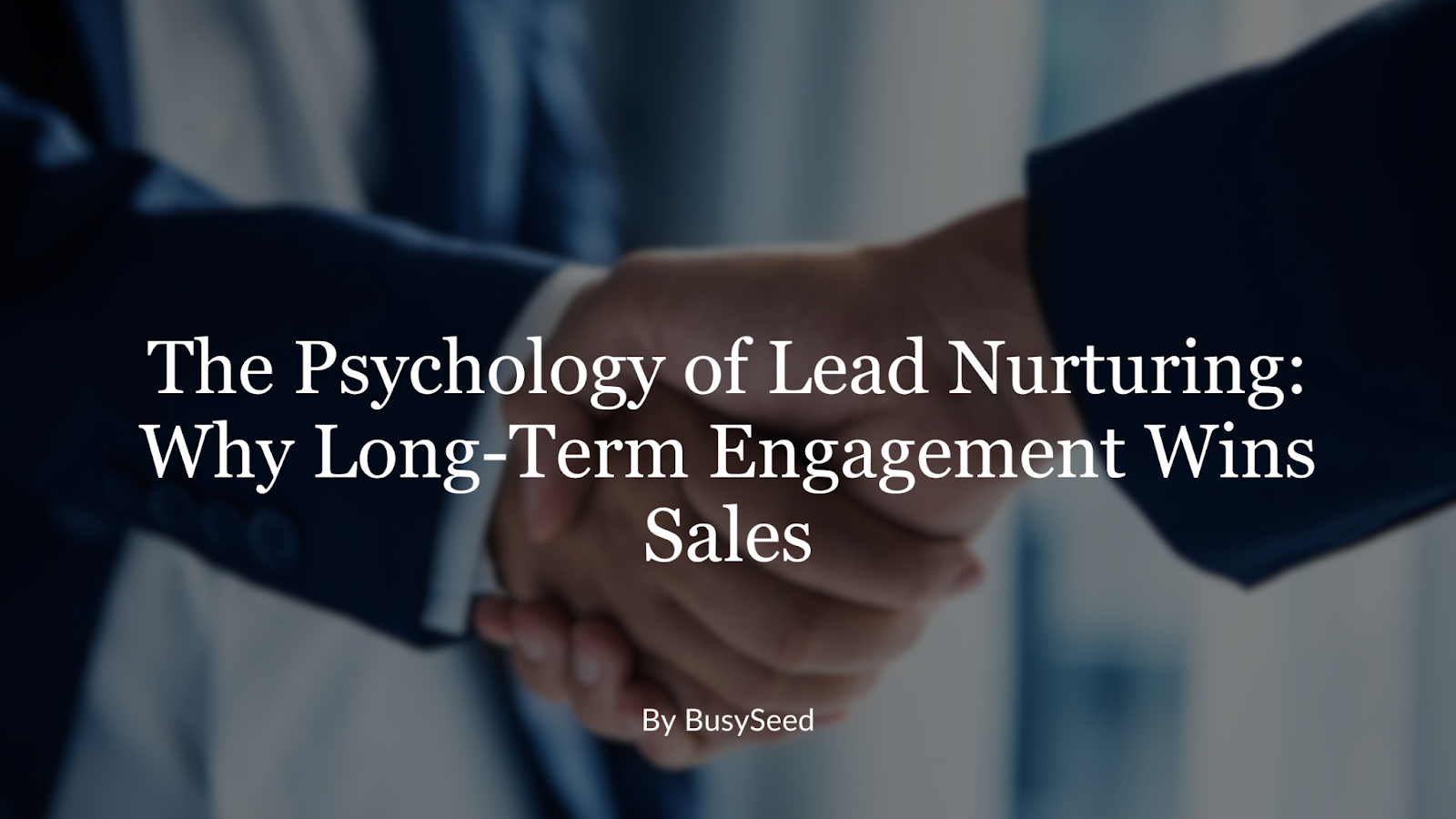Too long, didn't read?
Not to worry! We can sit down together and explain our findings and the contents of this blog in detail. This discussion will include insights from " ". Schedule some time on the right with our CEO.
Google vs. Bing Ads: How Can You Increase Conversion Rates?
Google and Bing Ads each have unique advantages, but the key to success lies in optimizing for the right audience. Learn how to refine your targeting, ad copy, and bidding strategies to boost conversions on both platforms.
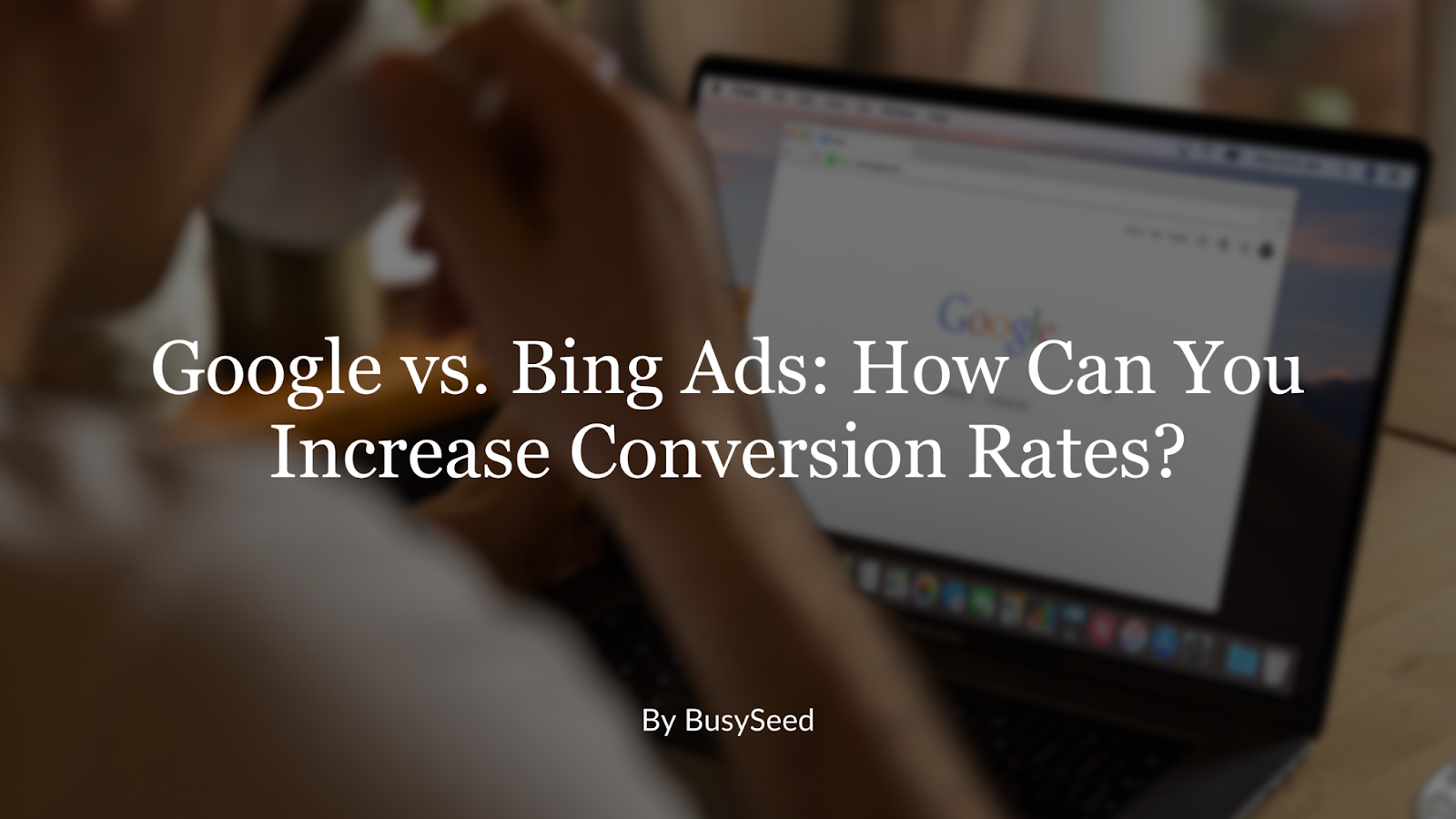
Google vs. Bing Ads: How Can You Increase Conversion Rates?
Two platforms dominate the conversation regarding online advertising: Google Ads and Bing Ads (now known as Microsoft Advertising). While Google leads in search engine market share, Bing offers a unique and often overlooked opportunity to reach valuable audiences. Yet running ads on these platforms alone doesn’t guarantee success—what matters most is how you optimize your campaigns to increase conversion rates.
We’ve worked with businesses of all sizes to leverage the strengths of both Google and Bing. Whether partnering with top NYC advertising agencies or managing your campaigns in-house, the key to success lies in refining your strategy. In this guide, we’ll compare Google Ads and Bing Ads, then share actionable advertising strategies for Google to help you achieve higher click through rates and better conversions.
Google Ads vs. Bing Ads: Understanding the Differences
Before developing your strategy, understanding each platform’s strengths and weaknesses is essential.
Google Ads: The Search Giant
Google is the largest and most-used search engine worldwide, utilized by many New York ad agencies, processing over 8.5 billion searches daily (Source: Internet Live Stats). Google Ads offers:
- Access to the largest online audience, offering higher search volume and broader visibility
- Competitive bidding strategies for premium keywords, which can drive strong brand awareness and traffic
- Robust machine learning algorithms to refine targeting and ad delivery automatically
- Seamless integration with Google Analytics for deeper insights into user behavior and ad performance
Bing Ads: A Hidden Opportunity
While Bing (Microsoft Advertising) accounts for a smaller share of the search market, it offers several advantages for advertisers:
- Lower competition for keywords, resulting in cheaper cost-per-click (CPC) rates
- An older, higher-income demographic, often with greater purchasing power
- Integration with Microsoft products such as Outlook, Edge, and LinkedIn, expanding your advertising reach
- Support for smaller budgets without sacrificing competitive performance
Both platforms offer unique benefits. The best strategy may involve both—tailored to your specific goals, audience, and budget.
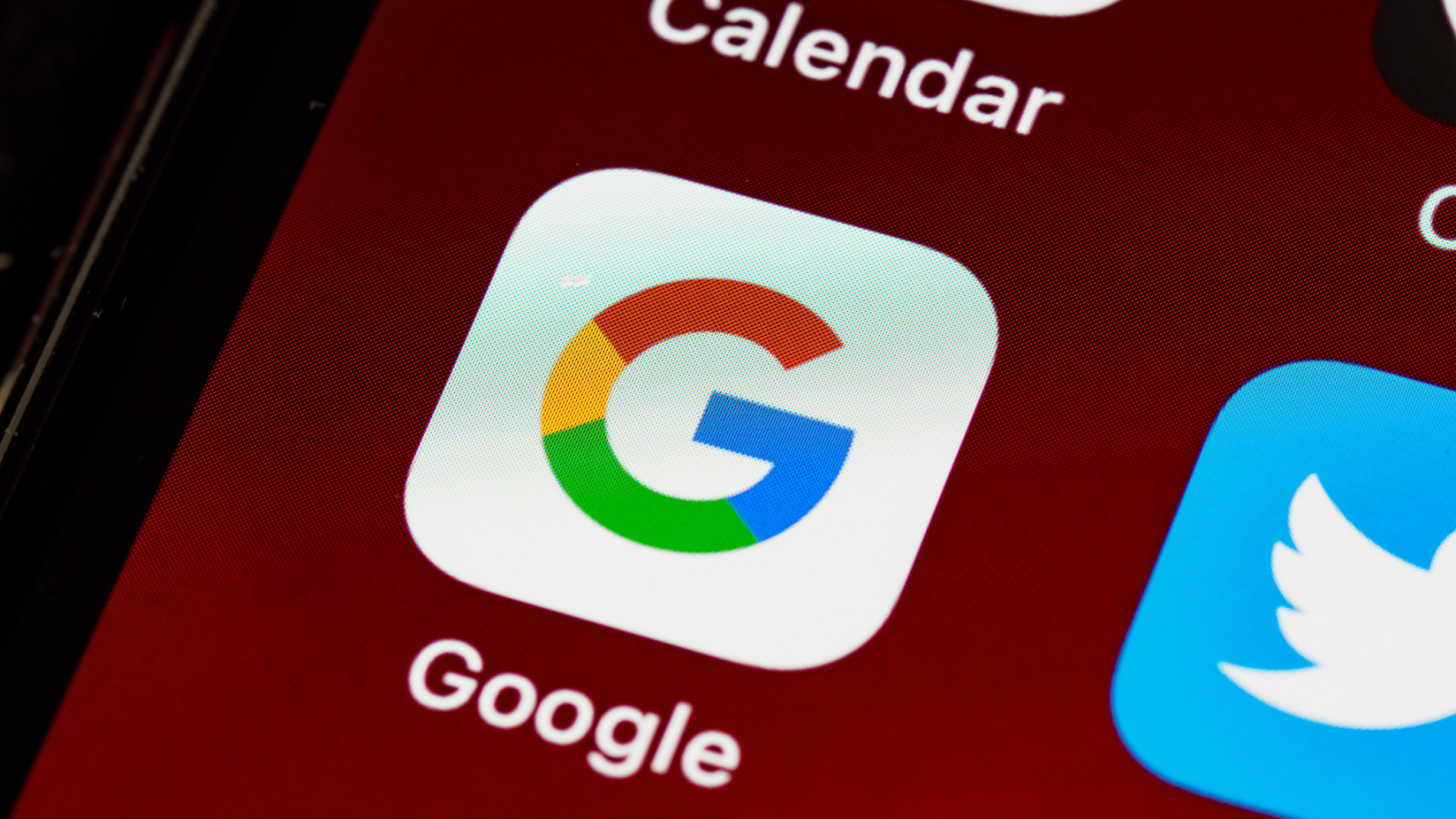
1. Target the Right Audience with Precision
Audience targeting is the foundation of a successful advertising strategy. While both platforms offer strong targeting capabilities, they cater to different user demographics and behaviors.
Google Ads Audience Targeting
- Use Custom Intent Audiences to target users actively searching for your product or service.
- Implement Remarketing Lists to re-engage past visitors and increase brand familiarity
- Apply Location-Based Targeting to focus on geographic areas that deliver the best results
Bing Ads Audience Targeting
- New York ad agencies Utilize LinkedIn Profile Targeting, unique to Microsoft Advertising, to refine ads based on job title, industry, and company
- Prioritize Device and Demographic Controls to reach Bing’s typically older and higher-income user base
- Consider Time-of-Day and Day-of-Week Scheduling, as Bing users often browse at different times than Google users.
Precise audience targeting ensures you reach the right people at the right time, increasing the likelihood of conversions.
2. Optimize Ad Copy for Higher Click Through Rates (CTR)
Ad copy plays a critical role in capturing attention and driving clicks. Compelling messaging encourages users to engage with your ads and take action.
Google Ads Copywriting Strategies
- New York ad agencies use Action-Oriented Language, such as “Get a Free Quote” or “Start Your Trial Today.”
- Include Numbers and Statistics to build credibility and trust (e.g., “Join 5,000+ Happy Customers”)
- Create urgency with Limited-Time Offers or phrases like “Offer Ends Soon.”
Bing Ads Copywriting Strategies
- Highlight Price Points and Promotions, as Bing users are often value-driven shoppers with higher budgets
- Take advantage of Expanded Text Ads by maximizing your character limits with detailed, benefit-driven content
- A/B test different Headlines and Descriptions to determine which combinations perform best
For both platforms, use Dynamic Keyword Insertion (DKI) where appropriate to personalize ads based on user search terms. This can significantly increase relevance and click through rates.
3. Master Your Bidding Strategy
Your bidding strategy has a direct impact on ad placement and return on investment (ROI). Both Google and Bing offer flexible options for advertisers.
Google Ads Bidding Tactics
- Use Enhanced CPC (ECPC) to allow Google to automatically adjust bids based on the likelihood of conversion.
- Implement Target ROAS (Return on Ad Spend) to maximize conversion value while meeting return goals
- Test Automated Smart Bidding advertising strategies for Google, but monitor them regularly to ensure they align with your campaign goals
Bing Ads Bidding Tactics
- Start with Manual CPC Bidding to maintain tighter control over costs, then experiment with automated advertising strategies for Google as data grows.
- Utilize Bid Modifiers to increase bids on high-performing demographics, locations, or devices
- Leverage Shopping Campaign Bidding if you’re running an e-commerce store. Microsoft Shopping Ads often deliver a higher ROI compared to Google Shopping (Source: WordStream)
If managing bids becomes complex, agencies like BusySeed can help streamline and optimize your bidding strategy for maximum efficiency.
4. Optimize Landing Pages to Increase Conversion Rates
Even the most optimized ads will not drive conversions if the landing page experience is not compelling. A high-converting landing page is clear, relevant, and persuasive.
Google Ads Landing Page Best Practices
- Present a clear and compelling Value Proposition within the first few seconds of the page load.
- Ensure mobile responsiveness since the majority of Google traffic comes from mobile devices.
- Use prominent and direct Calls-to-Action (CTAs), such as “Sign Up Now” or “Get a Free Quote.”
Bing Ads Landing Page Best Practices
- Provide Long-Form Content that addresses detailed product features and benefits. Bing users often prefer more in-depth information
- Optimize for Desktop Browsing, as many Bing users access sites via desktop or laptop computers
- Minimize Page Load Times, as slower speeds can cause potential customers to leave before converting
An optimized landing page can dramatically increase conversion rates and make your ad spend more effective.
5. Analyze and Refine Campaigns with Data-Driven Insights
Continuous analysis and optimization are key to long-term success. Both platforms offer tools that provide actionable insights.
Google Ads Analytics Tools
- Google Analytics helps track user behavior and identify conversion bottlenecks.
- Google Ads Conversion Tracking lets you measure actions such as purchases or form submissions
- Performance Max Campaigns leverage machine learning to automatically adjust bids, targeting, and ad placements
Bing Ads Analytics Tools
- Universal Event Tracking (UET) allows you to track conversions and understand post-click behaviors
- Microsoft Advertising Intelligence provides insights into keyword performance and competitive benchmarks
- Audience Segmentation Reporting helps refine targeting based on actual user data.
Incorporating A/B testing into your campaigns—whether testing ad copy, landing pages, or advertising strategies for Google—can uncover the most effective tactics for increasing conversions.

Final Thoughts: Which Platform Is Best for You?
There’s no one-size-fits-all answer to the Google Ads vs. Bing Ads debate. The best platform depends on your business goals, budget, and target audience.
| Google Ads: | Massive Reach | Brand Awareness | High-Intent Search Traffic |
|---|---|---|---|
| Bing Ads: | Lower CPC | Affluent Audience | LI and Microsoft Integration |
Many successful advertisers use both platforms, balancing Google’s volume with Bing’s affordability and targeting precision.
At BusySeed, one of the top NYC advertising agencies, we specialize in helping businesses maximize conversions on both Google and Bing Ads. Our team crafts data-driven, customized campaigns that deliver results.
Ready to Increase Your Conversion Rates?
Whether you’re already running Google and Bing Ads or just starting, our team at BusySeed, one of the top NYC advertising agencies, can help you maximize your ad budget.
Visit BusySeed to get started today. Let’s grow your conversions—together.
